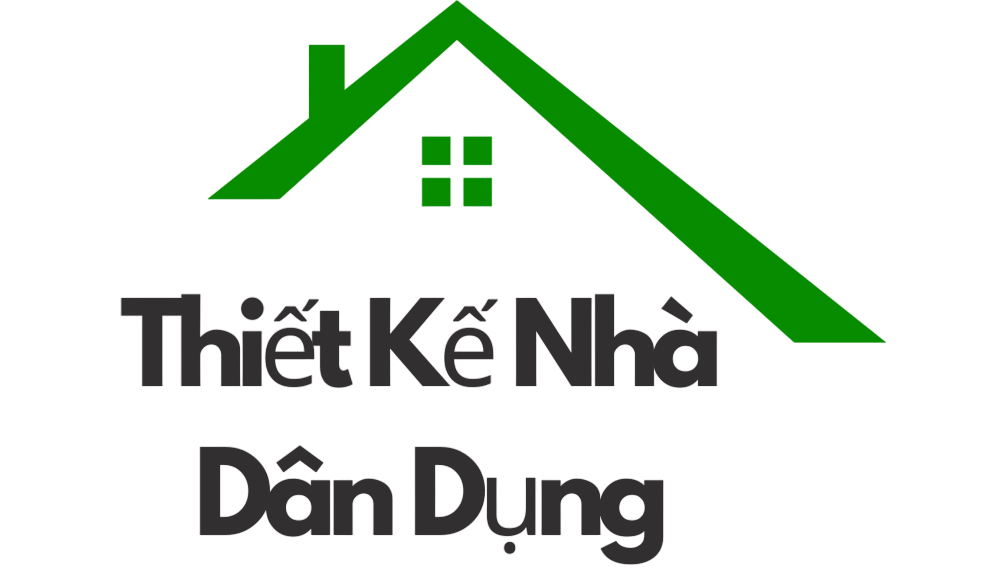Google Drive Entity Stacking for SEO is a innovative strategy that leverages the versatility of Google Drive to create an interconnected network of content assets, ultimately boosting search engine performance.
Read more clicking HERE
In this article, I explain my firsthand experience with the process and outline how using Google Drive for SEO purposes can increase your website’s authority and organic traffic.
Fundamentally, Google Drive Entity Stacking involves developing multiple documents—such as PDFs, spreadsheets, slides, and text files—incorporating target keywords and backlinks that point back to your main website. Such a system of connected files sends positive cues to search engines, indicating the breadth and cohesiveness of your content.
In my experience, the process is both user-friendly and effective. Initially, I created several Google Drive files and enhanced each with carefully chosen keywords relevant to my niche. Then, I interlinked these documents by adding hyperlinks that led visitors back to my primary website. Such a configuration boosted the authority of my site and contributed to higher rankings on search engine result pages.
An important plus of this method is its affordability. Google Drive is a free resource, and the option to create an interconnected network without significant financial investment is a major benefit for small businesses and marketers alike.
Moreover, the ease of updating these documents allows for continuous optimization. As market demands evolve, I can quickly modify my content, ensuring that my SEO efforts remain relevant and impactful over time.
In summary, Google Drive Entity Stacking for SEO is a adaptive strategy that combines low-cost content creation with powerful interlinking techniques to enhance website authority and search rankings. For digital marketers aiming for higher rankings, exploring this method can be highly rewarding.
Common Questions: Q: Is Candy AI secure?
A: Although Candy AI is a separate platform, in the context of digital strategies like Google Drive Entity Stacking, security is critical. Google Drive’s own security measures, including encryption and user access controls, make it a reliable tool when used responsibly. Always adhere to best practices to ensure data safety.
Implementing this strategy has been a game-changer for my SEO efforts, and I encourage you to experiment Google Drive Entity Stacking to discover its potential benefits for your digital presence.
Google Drive Entity Stacking for SEO is a cutting-edge strategy that leverages the versatility of Google Drive to build an interconnected network of content assets, resulting in improved search engine performance. In this article, I explain my firsthand experience with entity stacking and detail how employing Google Drive for SEO purposes can increase your website’s authority and organic traffic.
Fundamentally, Google Drive Entity Stacking involves producing multiple assets—such as PDFs, spreadsheets, slides, and text files—featuring target keywords and interlinks that point back to your main website. The stack of related assets sends strong signals to search engines, indicating the breadth and authority of your content.
Based on my firsthand trials, the process is both simple and powerful. Initially, I assembled several assets within Google Drive and enhanced each with well-researched keywords relevant to my niche. Next, I interlinked these documents by adding hyperlinks that directed users back to my primary website. The resulting network strengthened the authority of my site and contributed to higher rankings on search engine result pages.
A major advantage of this method is its affordability. Google Drive is a free tool, and the ability to create an interconnected network without significant financial investment is incredibly valuable for startups and digital strategists alike.
Additionally, the ease of managing these assets allows for continuous optimization. With shifting user behavior, I can quickly revise my content, ensuring that my SEO efforts remain up-to-date and impactful over time.
Expanding on the concept Google Drive Entity Stacking, I realized that cohesive planning is crucial for success. Through thoughtful planning of your content network, you ensure that every document, spreadsheet, or slide works together to bolster your SEO objectives. By adopting a thematic approach, you build clusters that demonstrate your subject matter expertise.
During my experiments with this strategy, I realized that effective interlinking can significantly influence search engine perceptions. Each link acts as a vote of confidence, telling search engines that your site is part of a larger, well-planned framework. This approach enhances both your backlink profile and content discoverability.
Additionally, the ease of updating Google Drive assets means that your content remains fresh. As trends evolve, you can quickly replace outdated files with new, optimized versions. This ongoing revision system ensures that your SEO efforts remain agile and responsive.
Considering future trends, Google Drive Entity Stacking is expected to play a larger role in digital marketing. With the evolution of search engine algorithms, interconnected and high-quality content will be key.
With consistent effort, the results can be impressive. Ultimately, this strategy transcends mere content creation, focusing on constructing a digital ecosystem that propels your online authority.
Frequently Asked Questions:
Q: Is Candy AI secure?
A: Even though this article highlights Google Drive Entity Stacking, rest assured that Google Drive provides solid security protocols, including encryption and controlled access, to keep your information secure. Follow standard best practices to ensure data safety.
Based on my experience, adopting Google Drive Entity Stacking can significantly enhance your SEO results, so I encourage you to try out this strategy and reap the rewards.
